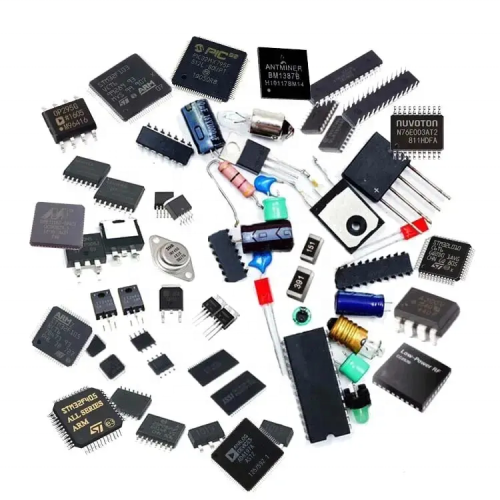BLUENRG-232 Overview
The BLUENRG-232 is a Bluetooth Low Energy (BLE) network processor designed to simplify the integration of BLE connectivity into industrial and consumer products. Offering a compact form factor with low power consumption, it enables seamless wireless data exchange between devices. The module supports Bluetooth 5.0 standards, providing enhanced range and data throughput. Its embedded protocol stack and flexible interfaces allow engineers to accelerate development and ensure reliable wireless communication. For sourcing specialists and design engineers seeking efficient BLE solutions, the BLUENRG-232 represents a robust choice for scalable IoT and embedded applications. Learn more from the IC 製造商.
BLUENRG-232 Technical Specifications
| 參數 | 規格 |
|---|---|
| Bluetooth Standard | Bluetooth 5.0 Low Energy |
| 操作頻率 | 2.4 GHz ISM Band |
| 核心處理器 | ARM Cortex-M0 |
| Transmit Power | Up to +8 dBm |
| Receiver Sensitivity | ?C93 dBm (1 Mbps mode) |
| 電源電壓 | 1.7 V 至 3.6 V |
| Interfaces | UART, SPI, I2C, GPIO |
| 包裝類型 | Compact LGA package |
| 操作溫度 | ?C40??C to +85??C |
| 快閃記憶體 | 256 KB |
BLUENRG-232 Key Features
- Integrated Bluetooth 5.0 stack enables faster data rates and extended range, improving wireless communication reliability in complex environments.
- 低功耗 design supports extended battery life, which is critical for portable and IoT applications requiring long operational time without recharge.
- Flexible interface options such as UART, SPI, and I2C allow easy integration with a wide range of microcontrollers and sensors, facilitating system design and scalability.
- Robust ARM Cortex-M0 core provides sufficient processing power for protocol handling and application tasks, offloading the host MCU and reducing system complexity.
典型應用
- Industrial automation systems requiring wireless sensor networks to monitor equipment status and environmental parameters in real-time, improving operational efficiency.
- Wearable health devices that benefit from low power BLE connectivity for continuous monitoring and data transfer to smartphones or gateways.
- Smart home devices such as lighting controls, security sensors, and remote controls that depend on reliable and low-latency wireless communication.
- Asset tracking solutions that utilize Bluetooth to provide location data and status updates with minimal power usage, extending device lifetime.
BLUENRG-232 Advantages vs Typical Alternatives
Compared to typical BLE modules, this device offers superior receiver sensitivity and higher transmit power, enhancing wireless range and connection stability. Its low power profile maximizes battery efficiency, crucial for embedded and portable systems. The comprehensive protocol stack integration reduces development time and complexity, while flexible interface options ensure compatibility with diverse host microcontrollers. These advantages make it a preferred solution for engineers focused on reliability, performance, and ease of integration in industrial and IoT applications.
暢銷產品
BLUENRG-232 Brand Info
The BLUENRG-232 is developed by STMicroelectronics, a global leader in semiconductor solutions for industrial, automotive, and consumer electronics sectors. STMicroelectronics is renowned for its innovation in wireless connectivity technologies, providing scalable and energy-efficient products. The BLUENRG series reflects the company’s commitment to delivering high-performance Bluetooth Low Energy modules that meet stringent industry standards. ST??s extensive support ecosystem, including software development kits and reference designs, empowers engineers to accelerate product development and reduce time to market.
常見問題
What Bluetooth version does the BLUENRG-232 support?
This device supports Bluetooth 5.0 Low Energy, offering improved data rates and extended range compared to previous Bluetooth versions. This ensures compatibility with modern BLE-enabled devices and enhances wireless performance.
精選產品
Which interfaces are available for communication with the BLUENRG-232?
The module provides multiple interface options including UART, SPI, I2C, and GPIO pins. These interfaces enable flexible connectivity to various microcontrollers, sensors, and external peripherals, simplifying integration into diverse system architectures










